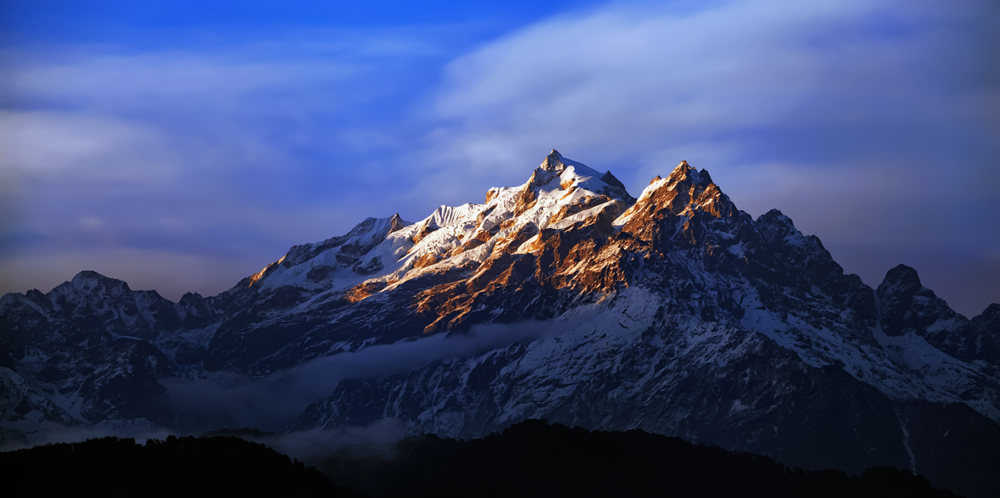Best time to visit: All year-round.
Sikkim is India’s smallest state, located in the country’s northeast part, sharing its international borders with Nepal, Bhutan, and Tibet. As the gateway to the Himalayas, Sikkim is renowned for its spectacular scenery, green meadow, crystalline lakes, and mountainous regions. This mountain region has its own identity; you will be amazed at the state’s mesmerizing landscapes and also see the unity of Hinduism and Buddhism that has produced a remarkable and prosperous community for Sikkim state.
Sikkim is a land of monasteries, dotted with these beautiful structures in every part of it. Sikkim is home to over 200 big and small monasteries and Gompas. These religious places belong mainly to the two major sects of Buddhism, known as the Nyingmapa Sect and Kargyupa Sect. Besides these two major sects, there are also the monasteries of a few other Buddhist faiths like Gelugpa, Sakyapa, and Bon.
It will be difficult not to fall in love with this place, its clean, green paths, valleys, high mountains, and grasslands. This eastern Himalayan state comes with rhododendron groves and dense forests, orange and apple orchards, touching its serene environment whosoever visits it. During the summer months, this mountainous state offers to be an incredible getaway from the plains’ heat and mundane life. During the season, one could notice a legion of wildflowers, which fill the valleys and render your vacation memorable.
Sikkim offers trekking in Himalayan ranges and river rafting on the Teesta and Rangit. At a higher altitude, clouds are frequently surrounding the tops of the mountains, bringing the area an alluring look. Sikkim is a nature reserve, home to snow leopards, wild goat, black bear, blue sheep, flying squirrels, and the famous red panda. The state’s ethnic and cultural history makes it a hub for year-round curious visitors. It is as stunning in winter as it is in summer months.
The three ethnic groups Lepcha, Bhutia, and Nepalis, are the folk dances and songs that are part of the Sikkimese community. These music and folk dances contribute to the features of the natural landscape, portraying the harvest season and performed for good fortune and prosperity. Some of the popular music and folk dances are Nepali folk dance “Maruni” and “Tamamg Selo” Bhutia folk dance” Tashi Sabdo” Lepcha dance like chu faat, Zo mal lok.
Sikkimese food is based mostly on rice, jungle food like Ningro (Fern), Nakima (Wild Lily), Baas ko Tusa (Bamboo-Shoot), Cheuw (Mushrooms), etc. The food palette also includes fresh, organic vegetables such as Iskus (Chayote / Squash), Pharsi (pumpkin), Pharsi ko Munta (Pumpkin leaves), Iskus ko Munta (Chayote / Squash leaves), Kinema (Fermented Soybean), Ruk Tamatar (Tree Tomato) and Dalle Chillies (Hot Fire Balls).
Nature has honored this state with distinctive beauty. Sikkim has a broader range of vegetation and unpolluted valleys, five climatic zones, total sanitation, beautiful landscape, hospitable and compassionate people, and rich culture and heritage, which is unparalleled and hard to find elsewhere. Kanchenjunga is the world’s third-highest peak located over here. Sikkim is also India’s least-populated province. Gangtok, Sikkim’s capital, is situated at an elevation of 5600 MSL.
Customize your itinerary to travel in north or south of Sikkim or maybe cover it all to get the most out of your holidays with Sarv Travels.

